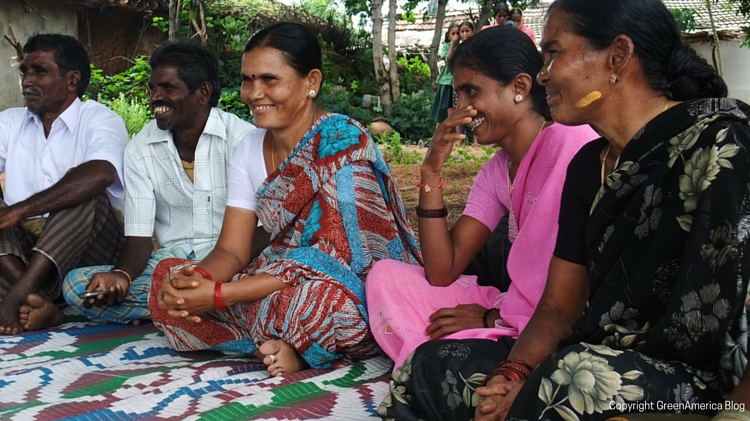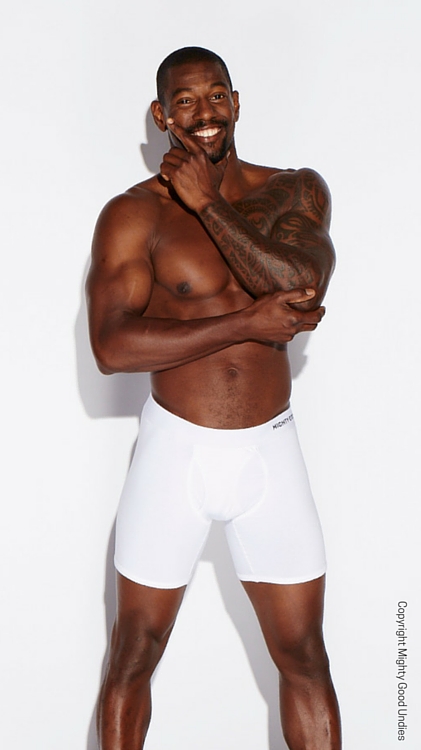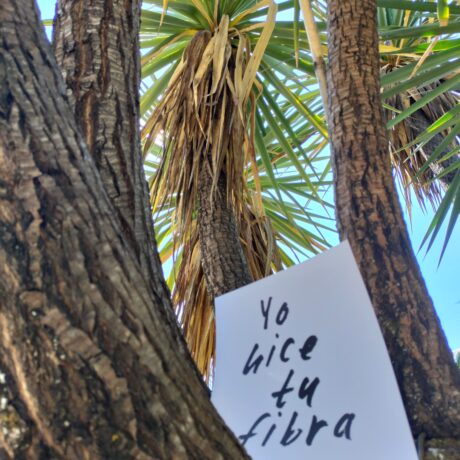You are a bona fide Fashion Revolutionista. Now what?
So what does community based political organisation (i.e. the kind that got Obama elected) and The Fashion Revolution have in common? Actually much more than you’d think.
The strength of Fashion Revolution Day is that it is a movement made up of hundreds and thousands of people each telling a story — of how garment workers and farmers made our clothes, of our deliberate decision to support conscious fashion and our collective efforts to spread more ethical practices.
Most often we are talking to each other — which is a good thing — but a key outcome of Fashion Revolution is, and should continue to be, getting other people to join us (a.k.a ‘growing the movement”) in transforming the fashion industry. But what is the most effective way of doing that?
I don’t come from a fashion background and so my entry into the eco-fashion world is rooted firmly in my training as an academic and as an activist. And as an activist, I bristle, alongside everyone else reading this blog, at the continued love affair our society has with cheap fast fashion. We all know the story. And the excuses.
So when we come across these pro- ‘Fast Fashion’ arguments from our friends and family and co-workers, what do we do? Turns out, the big “P” political movement (i.e. the ones that get people elected to parliaments) have a wealth of tools that can help us, as Fashion Revolutionaries, to start to break down these ‘Fast Fashion’ arguments. Chief among them is something called “the story of self”.
Let me explain.
Progressive political campaigners in their work argue that you can no longer win people over by presenting them with facts and figures. Facts and figures are still important, but they are not enough. Rather, we win people over by tapping into their core values and showing how these values can be expressed by joining in our Movement. And the most effective way of doing that, is by expressing our core values and engaging people on the story of why we are involved.

Ever been motivated into action by thinking “What if that was my child working in the factory?” or “how would I feel if my workplace was unsafe” or “what if that river was the source of my drinking water?” Then you already know what I am talking about.
Usefully, campaign theory (yes, there is such a thing!) gives us a neat little template, which we can use to tell a story about our ‘conversion’ to eco-fashion and, through this, engage people in a story that links the Fashion Revolution with the values important to them. It is about telling your story of why you are involved and it goes something like this.
- First, describe a challenge that you came across in the fashion industry that really motivated you to act. Did you look at the huge amount of waste in the fashion industry and think there has to be a better way? Or did you read the child labor statistics and think “what if that was my child”? Did you look at the water pollution from garment factories and thing I wouldn’t want to drink that?
- Second, describe your response to the challenge you saw. What choice did you make once your knew about the challenge? What different path did you see? Did you decide to cut back on your clothing purchases? Did you switch to upcycled/recycled/second hand or ethically made clothes? DId you learn how to repair your old clothes? Did you join Fashion Revolution (answer: yes!)
- Finally, provide the person you are talking with an opportunity to act — ask people to do something. Something small, this is not the time to overwhelm them with the challenge we face, but just something to get them started on making better clothing choices. For example, you could ask them to read the stories on the Fashion Revolution website.
See what you’ve done? You’ve described a situation that challenges an important universal and relatable value (desires to minimise environmental stress, prevent child welfare, or ensure clean drinking water), described how you changed (the person everyone can relate to because they are your friend, family or co-worker) and provided a template for your audience to follow suit.
You’ve provided motivation for change and a path forward to do so. And it shouldn’t take long – the whole story from start to finish should be about 2-3 minutes max.
If you want to explore more about this tool, and many others, Wellstone is a goodplace to start.
So, that’s the theory.
What does it look like in practice? Check out my story.

The story of my eco-fashion underwear brand Mighty Good Undies, started with my visit to India. I knew the facts and figures of the cotton industry and the potential benefits of certified organic and Fairtrade cotton, but at that stage it was all rather cerebral.
But it was only when I was sitting in the fields with the farmers from a Chetna Organics cooperative did I really get it: these people wanted to grow and sell organic cotton because organic farming meant they didn’t get sick all the time. And I realised ‘what if it was me getting sick at work?” Wouldn’t I want to change that?
And then the farmers added the kicker: many farmers wanted to join Chetna Organics but their ability to convert to organic cotton was limited by the demand for their product.
Well, I was hooked.
At that moment, I made a choice that I need to find ways to grow markets for organic and Fairtrade cotton so that more farmers, and more workers in Chetna’s production partner Rajlakshmi Cotton Mills, can get the benefits of this alternative form of trade and production*.
As the song says “From little things, big things grow…”
Happy Fashion Revolutionising
Hannah, Co-founder, Mighty Good Undies
* Okay, so starting a new ecofashion brand is probably not an option for most people, so you may want to start off with some of the brilliant suggestions in the book “How to be a Fashion Revolutionary” from the Fashion Revolution Website.








